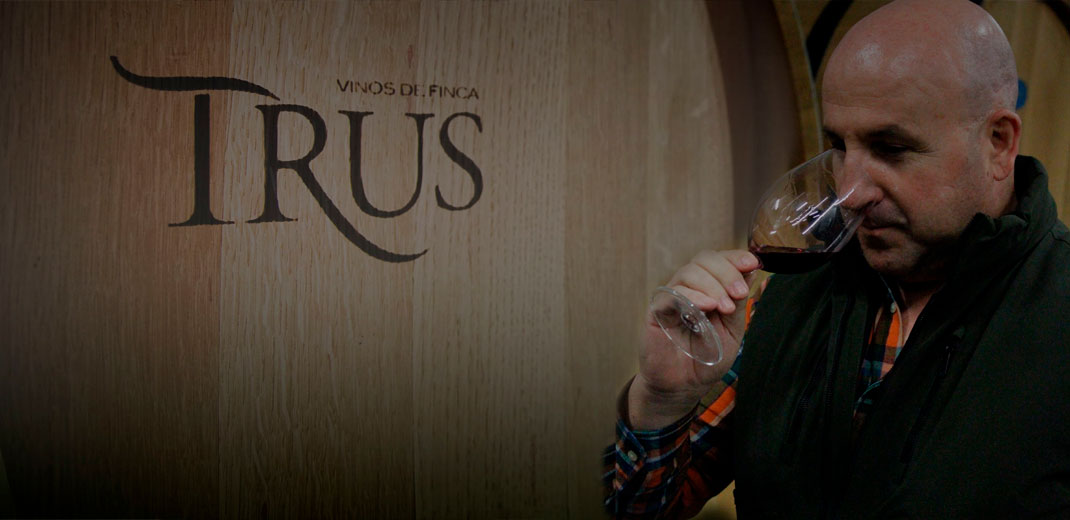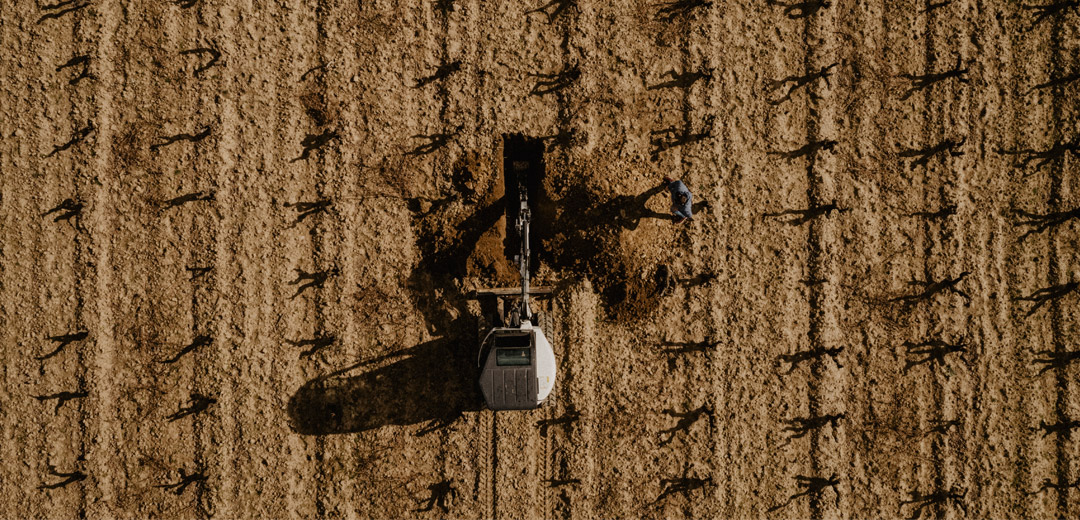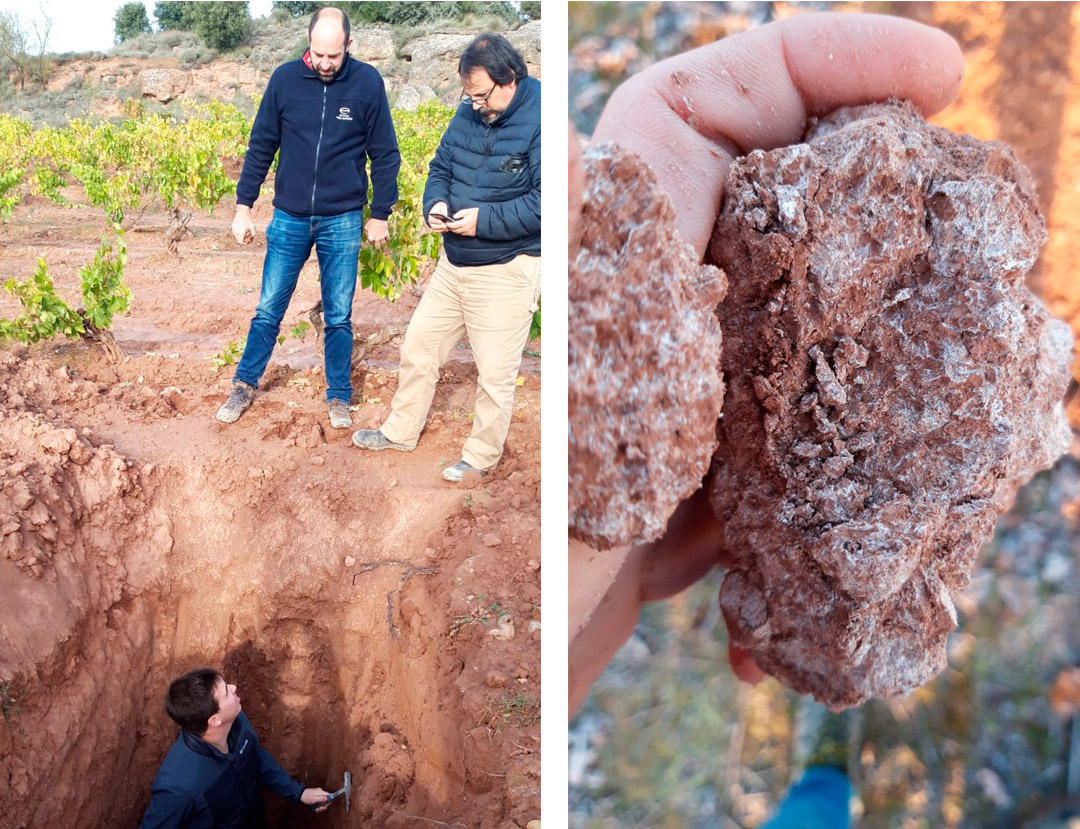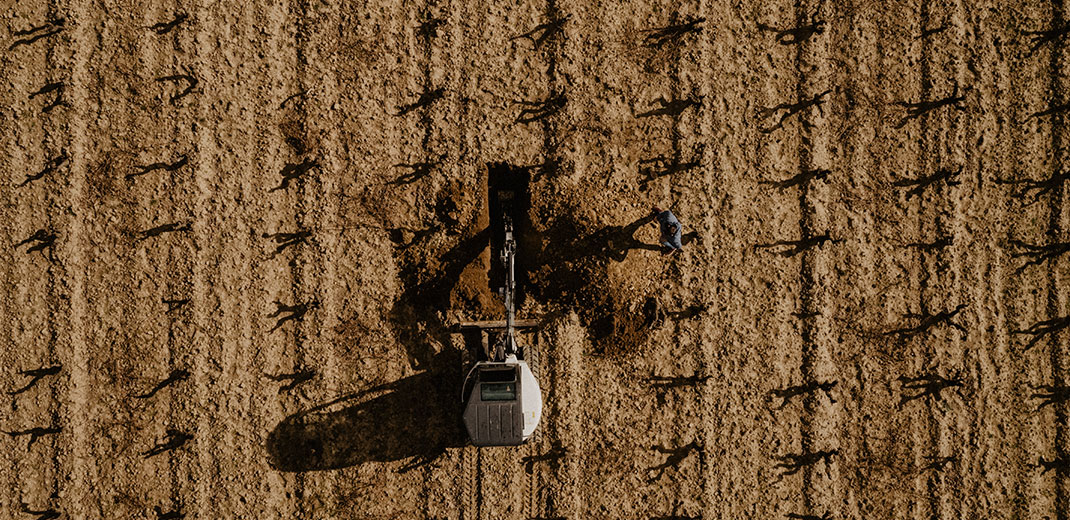
About me
21 January 2021
Why is the composition of the soils we work with in our project so important?
Soil structures are made up of 3 components which are clays, sands and silts. Each variety is better adapted to a type of soil, expressing much more the terroir in which it is sustained. Since the beginning of our project, we have carried out a thorough observation and analysis work in our three wineries, to know the soil in depth and to be able to know exactly what wines will be obtained and which plants are the best adapted to them.
The research starts with the scanning of the soil and the creation of conductivity maps, a parameter that speaks of the texture of the soil to a depth of about two meters and the moisture retention of these territories. The data collected is extrapolated and translated into soil compositions from the surface to the root of the plants. The electro-conductivity, together with the calicatas and interpretation of root development, gives us an idea of the viticultural potential of each soil and what characteristics that soil will be able to transmit to the fruit. This is key in our work, since the soil has much of the information to find the personality of our terroirs that will later be transmitted to our wines.
All this study has led us to look for clay, silt and sandy soils in equal parts with the highest percentage of lime possible for our Garnachas, while in Tempranillo we mainly look for sandy-loamy soils with a lot of lime.

In the case of the white varieties, the Maturana blanca behaves better in soils with a high sand component, so it needs deep soils, knowing, in addition, that it does not do well with clay. However, Tempranillo blanco needs more fertile soils, soils with a little more clay and water retention capacity.
We are continuously working on this and we continue to search for exceptional terroirs that combine soil, climate and plant to perfection.
Raúl Tamayo
Winemaker

